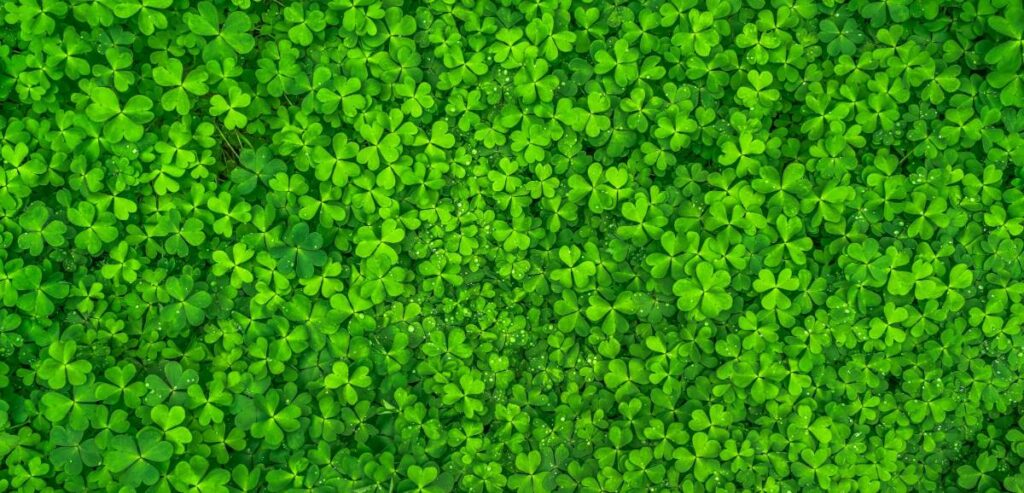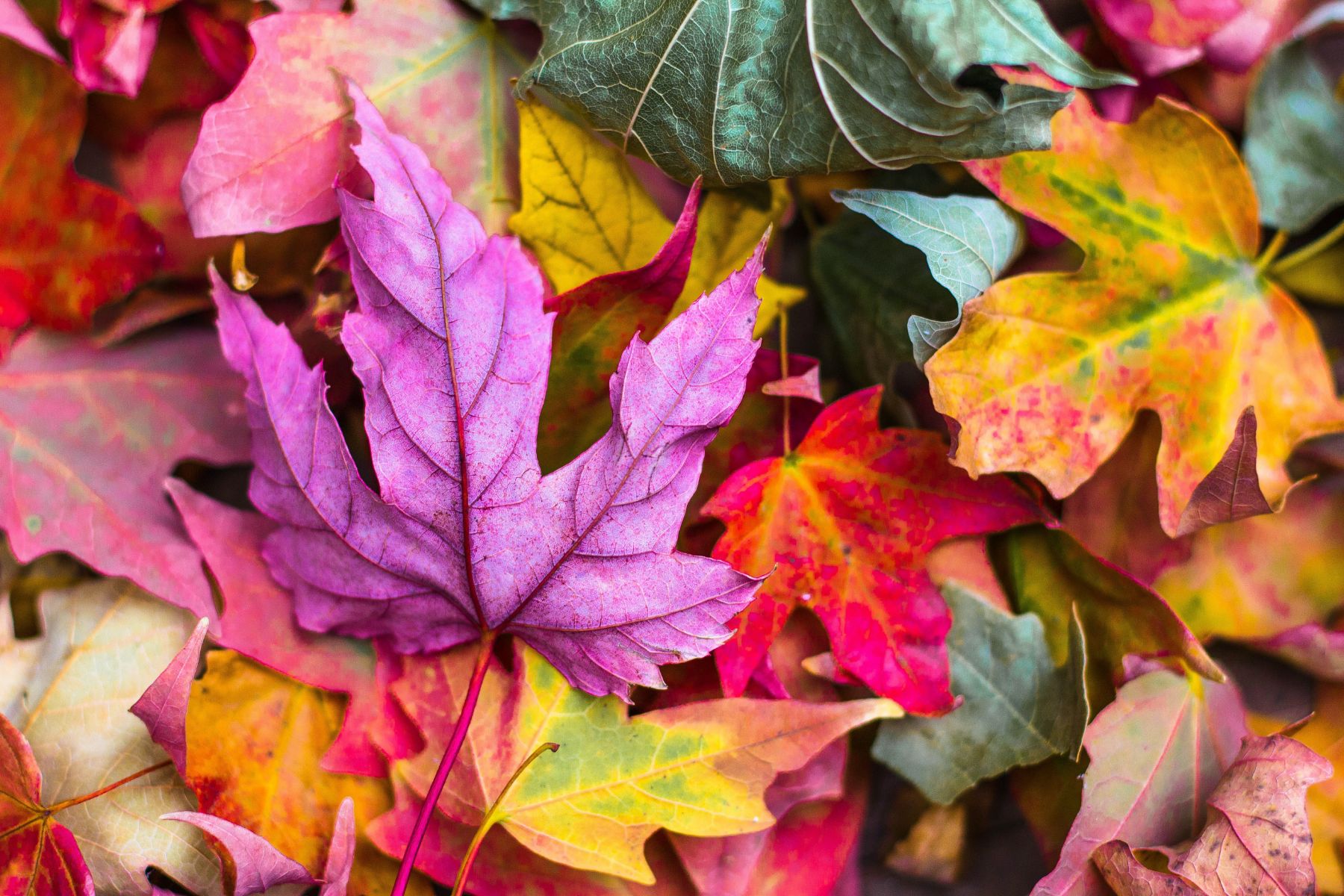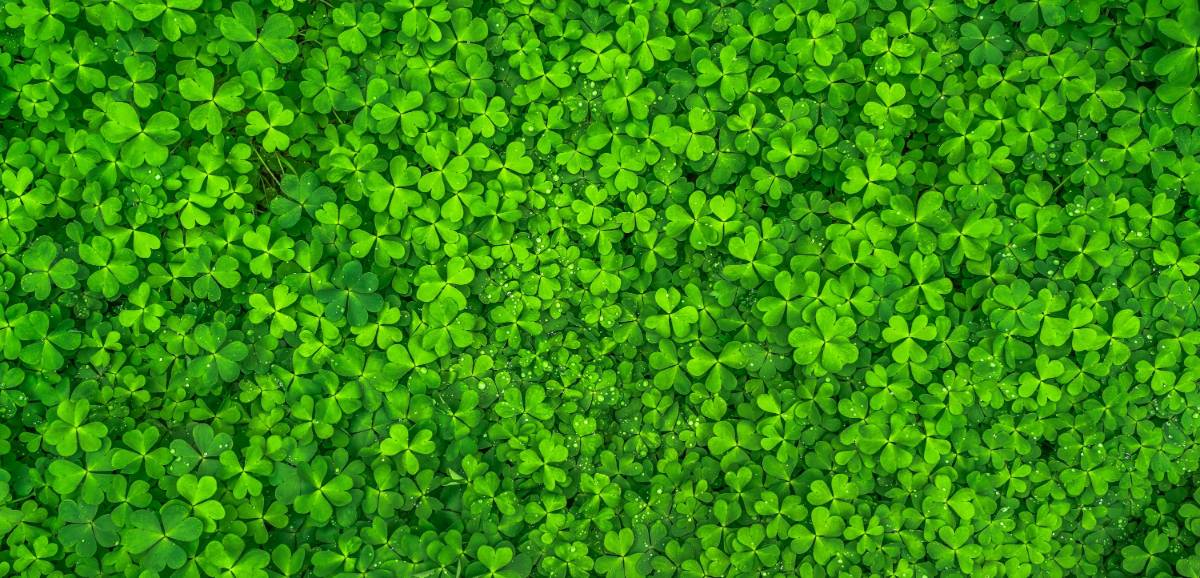“May your clovers have leaves of four…
And may your luck be evermore.”
Up until the 1950s, clover was actually a popular choice for one’s lawn (they actually chose clover instead of turfgrass!). It has since lost its appeal, so we’re here to help inform you about what clover is, the pros and cons, why it’s in your grass, and how you can get rid of it (unless we’ve changed your mind).
What is Clover and What is it Good For?
Now, before I begin perpetuating untruthful insinuations, clover is NOT the same thing as the lucky shamrock. Disappointing, I know. Clover is a flowering plant with three leaves and there are more than 300 different kinds of clover. It is part of the legume family (think beans, peanuts, etc.) and even though it’s not popular these days, it is actually a very nice type of grass alternative for one’s yard. Here’s why:
The Pros:
- Doesn’t need watering (much)
- Which means, it survives lack of water!
- No mowing (it’s really short ground-cover)
- Doesn’t need fertilizer (its own source of nitrogen)
- Actually improves the health of the soil
- Doesn’t allow weeds to grow
- Grows in poor-quality soil (and improves the health of that soil… see above!)
- Grows quickly
- Soft and cool to walk on
- Not expensive
- Resists pet damage (from urine)
- Resists other natural damage (blight or mildew)
- Attracts bees and other insects (although, bees could be a con, depending on your viewpoint)
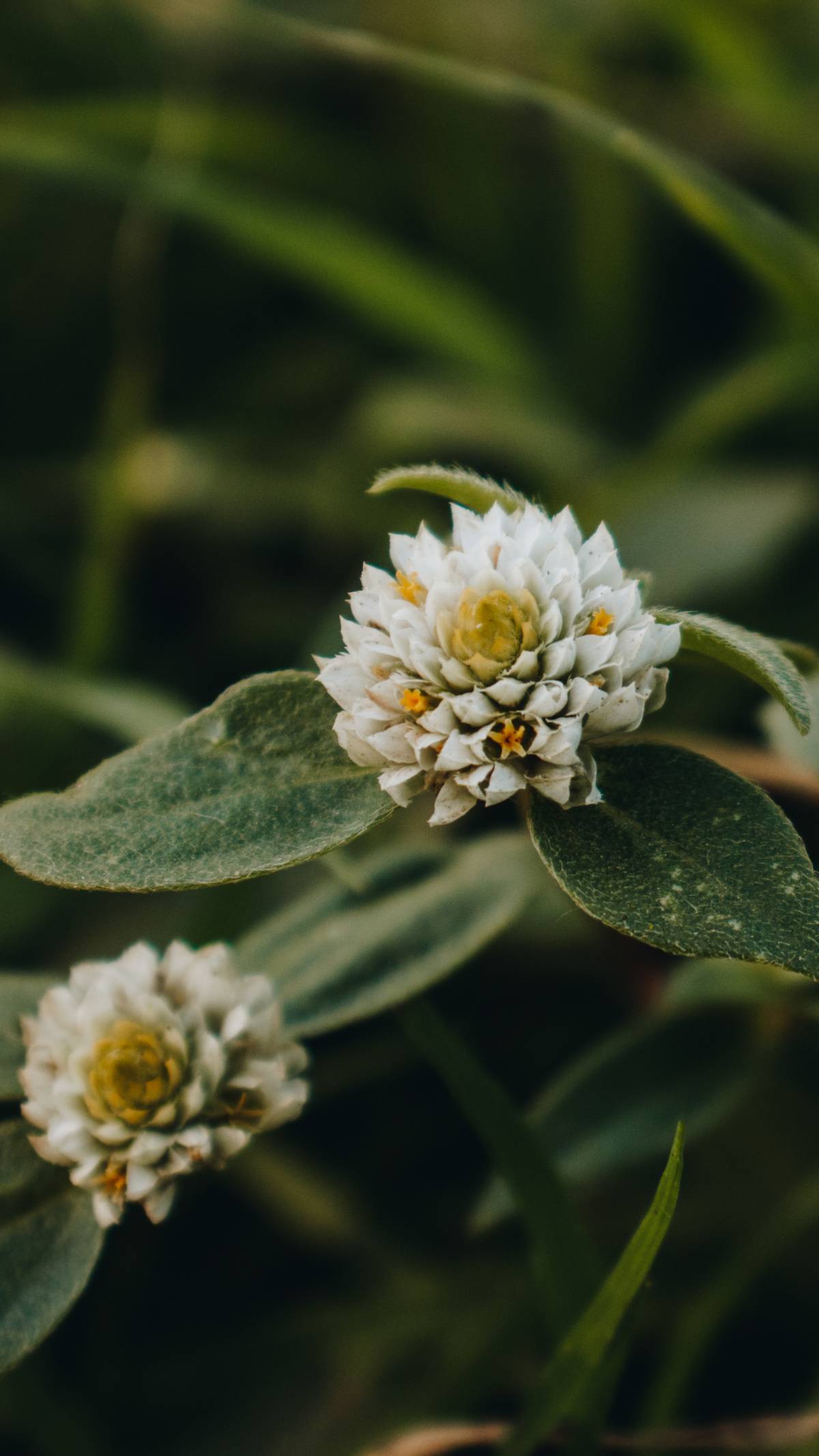
Keep in mind, there are hundreds of types of clover, so you can choose one that doesn’t attract bees and is still pretty with flowers and improves the health of your yard. Now for the drawbacks:
Cons:
- It’s a perennial, but it does need reseeding every few years
- More likely to stain clothing (just don’t roll around in it and you’ll be fine)
- Doesn’t withstand lots of foot traffic very well
- May decrease your home’s resale value (most people want turf)
Why is it in my Grass?
Clover isn’t a gift from the leprechauns. It is only present under certain conditions. So, you will have clover if:
- Your lawn is starving
That sounds a tad dramatic, but I’m totally serious. Standard lawn grasses need nitrogen. If the lawn lacks nitrogen, the clover will come since legumes absorb nitrogen from the air.
- Your lawn is drowning
Seems like we’re going with the melodramatic attitude today. Again, water takes away nitrogen, something lawn grasses need. Watch out for the heavy rains and over-watering because that’s an open invitation for clover.
- The temperature is cool
If the weather during your spring season is on the cooler side, the soil may not have had time to move the nitrogen around properly. That lack of movement allows a headstart for clover to begin growing.
How can I Get Rid of It?
If you really feel that way about clover.. *sigh* I guess we can help you with that. The best way to get rid of clover is to first understand why it’s there, so we recommend doing a soil test first to determine the nutrient levels (including the ever-infamous nitrogen) of your lawn. After that, you can choose one (or more) of these effective ways to eliminate the pretty (but stubborn) clover patches:
- Scatter corn gluten meal. Regularly applying corn gluten meal to your lawn will feed your lawn grass and simultaneously discourage the clover from propagating. “How,” you ask? Corn gluten prevents clover seeds from germinating by drying them out and naturally breaks them down, adding their nitrogen to the soil (win, win!).
- Get some nitrogen. While fertilizers help keep down weeds, making sure the nitrogen levels in your lawn will ensure the clover never has a chance to start. So, when choosing a fertilizer, make sure it has lots of nitrogen in it.
- Use your hands. Yup.. the manual approach is quite effective in eliminating clover before it spreads. As soon as you spot a small clump, get it all out of there.
- Try cooking it. No, it’s not going to be your new food source. If you take away the clover’s sun and air, it can’t survive. Place a garbage bag over the top of the clover clump and secure the corners so it doesn’t blow away. But, beware… some of your grass may be collateral damage.
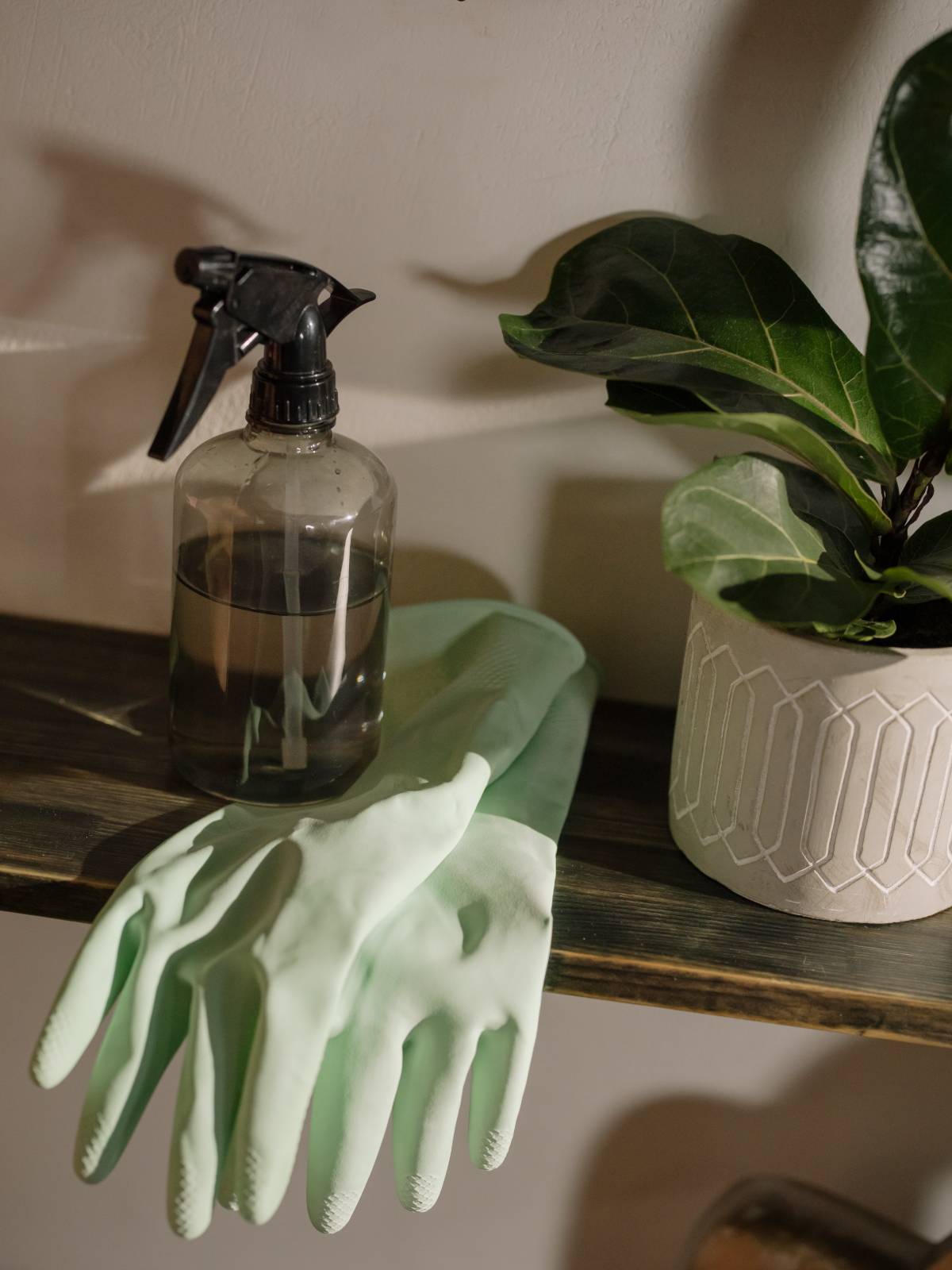
- Find a natural remedy. Mix some vinegar with dish soap and spot treat as needed.
- Get the herbicide. If all else has failed, your contrary clover needs a dose of a chemical spray. Spot-treating is best since your other plants may fall victim if you’re not careful.
We understand the health of your lawn is at stake. If you’re running into any issues or have confusion about soil tests or methods of eliminating your pesty patches, please give us a call and we would love to help you out.

